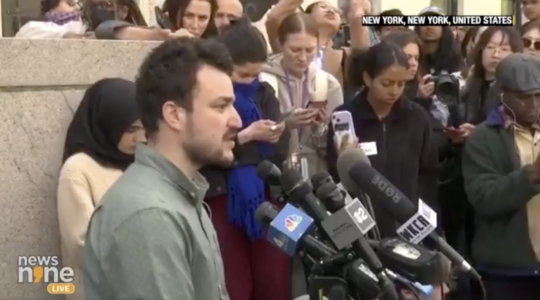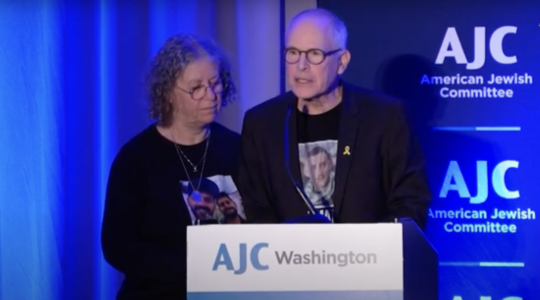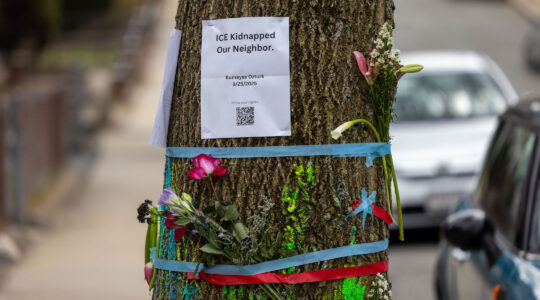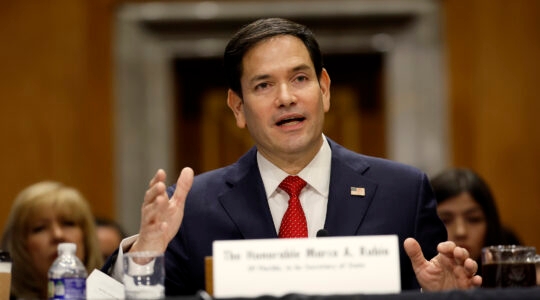The Richard and Rhoda Goldman Foundation announced the seven winners of their annual Goldman Prizes this week.
The $150,000 grants are for international greassroots environmental projects.Here’s the release:
[[READMORE]]
Seven Grassroots Leaders Win World-Renowned Goldman Environmental Prize
Appalachian woman standing up to big coal’s destructive mountain-top removal mining is among the recipients of world’s largest prize for grassroots environmentalists
Francaís | Dutch | Русский | Bahasa Indonesia | Bangla
SAN FRANCISCO, SAN FRANCISCO, April 19, 2009 — The 2009 Goldman Environmental Prize recipients are a group of fearless grassroots leaders taking on government and corporate interests and working to improve the environment for people in their communities.
This year’s recipients include Maria Gunnoe, a born-and-bred West Virginian who faces death threats for her outspoken activism to stop the coal industry’s plunder of Appalachia via mountain top removal and valley fills. Another recipient, Marc Ona, a wheelchair-bound civil society leader from the West African country of Gabon, faces arrest, imprisonment and public character assaults for his unyielding campaign to stop a destructive mining concession in a protected national park.
Other recipients include a Russian scientist connecting NGOs across Eastern Europe and the Caucasus to identify and safely remove toxic chemical stockpiles; two Saramaka leaders, members of a Maroon community in Suriname founded by freed African slaves in the 1700s, whose legal struggle to protect their tribal land rights led to a binding decision for all indigenous and tribal peoples in the Americas; Bangladesh’s leading environmental attorney, whose legal advocacy led to tighter regulations on the environmentally-devastating and exploitative ship breaking industry; and an Indonesian woman developing community-based waste management systems to stem her island nation’s overwhelming waste infrastructure problems.
“This group of Goldman Prize recipients are as impressive as ever, taking on seemingly insurmountable struggles and achieving success,” said Goldman Prize founder Richard N. Goldman. “In this, our 20th year, we are pleased to bring attention to their courageous work.”
The Goldman Environmental Prize, now in its 20th year, is awarded annually to grassroots environmental heroes from each of the world’s six inhabited continental regions and is the largest award of its kind with an individual cash prize of $150,000. The winners will be awarded the Prize at an invitation-only ceremony Monday, April 20, 2009 at 5 p.m. at the San Francisco Opera House and will also be honored at a smaller ceremony on Earth Day, Wednesday, April 22, at the Smithsonian’s National Museum of Natural History in Washington, D.C.
This year’s winners are:
Maria Gunnoe, Bob White, West Virginia, USA: In the heart of Appalachia, where the coal industry wields enormous power over government and public opinion, lifelong resident Maria Gunnoe fights against environmentally-devastating mountaintop removal mining and valley fill operations.
Marc Ona, Libreville, Gabon: In Gabon, a country without a culture of civic engagement, Marc Ona led efforts to publicly expose the unlawful agreements behind a huge Chinese mining development project that threatens the sensitive ecosystems of his country’s equatorial rainforests.
Rizwana Hasan, Dhaka, Bangladesh: Working to reduce the impact of Bangladesh’s exploitative and environmentally-devastating ship breaking industry, leading environmental attorney Rizwana Hasan led a legal battle resulting in increased government regulation and heightened public awareness about the dangers of ship breaking.
Olga Speranskaya, Moscow, Russia: Russian scientist Olga Speranskaya transformed the NGO community in Eastern Europe, the Caucasus and Central Asia into a potent, participatory force working to identify and eliminate the Soviet legacy of toxic chemicals in the environment.
Yuyun Ismawati, Denpasar, Bali, Indonesia: As waste management problems mount throughout the Indonesian archipelago, Yuyun Ismawati implements sustainable community-based solutions that provide employment opportunities to low-income people and empower them to improve the environment.
Wanze Eduards and Hugo Jabini, Pikin Slee Village and Paramaribo, Suriname: Wanze Eduards and Hugo Jabini, members of Maroon communities originally established by freed African slaves in the 1700s, successfully organized their communities against logging on their traditional lands, ultimately leading to a landmark ruling for indigenous and tribal peoples throughout the Americas to control resource exploitation in their territories.
About the Goldman Environmental Prize
The Goldman Environmental Prize was established in 1989 by San Francisco civic leader and philanthropist Richard N. Goldman and his late wife, Rhoda H. Goldman. It has been awarded to 133 people from 75 countries.
Prize winners are selected by an international jury from confidential nominations submitted by a worldwide network of environmental organizations and individuals.
Previous Prize winners have been at the center of some of the world’s most pressing environmental challenges, including seeking justice for victims of environmental disasters at Love Canal and Bhopal, India; leading the fight for dolphin-safe tuna and fighting oil drilling in the Arctic National Wildlife Refuge.
Since receiving a Goldman Prize, eight winners have been appointed or elected to national office in their countries, including several who became ministers of the environment. The 1991 Goldman Prize winner for Africa, Wangari Maathai, won the 2004 Nobel Peace Prize.
JTA has documented Jewish history in real-time for over a century. Keep our journalism strong by joining us in supporting independent, award-winning reporting.





